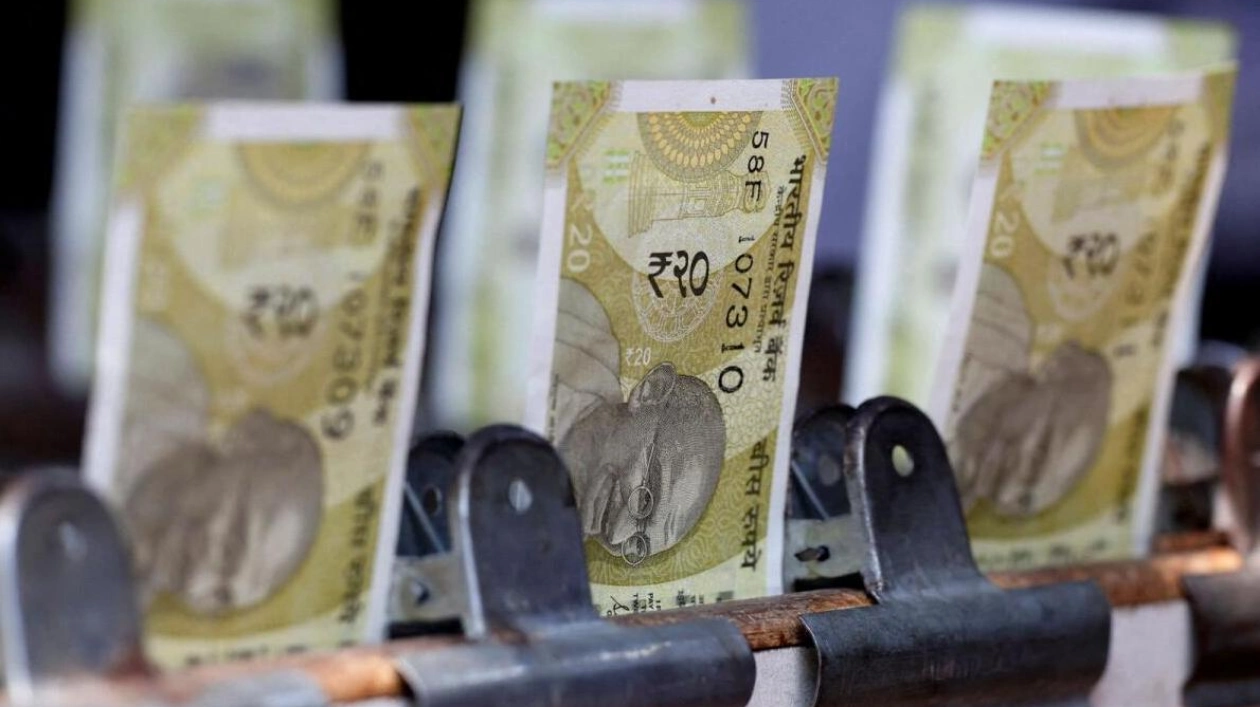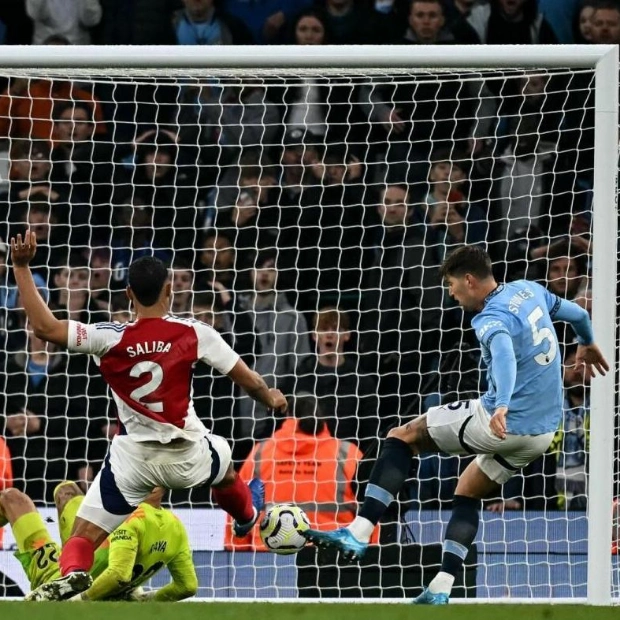Engaging in carry trades by leveraging the currencies of the world's two most populous countries remains a favored strategy among traders, expected to retain its allure until the outcomes of the U.S. elections later this year, according to traders and currency analysts.
The Indian rupee's yield advantage over the Chinese yuan, with a 5.5 percentage point difference in 1-year rates, coupled with differing currency outlooks and low volatility, makes using the yuan to finance long positions on the rupee one of the most appealing carry trades in Asia. Although there is no specific metric to assess the scale of yuan-rupee carry trades, a senior banker approximates it to be around $40 billion, based on client transaction flows.
The increasing likelihood of Donald Trump securing another presidential term could enhance the attractiveness of this trade. Trump initiated a trade war with Beijing during his first term and has signaled a continuation of this policy if re-elected. This scenario gained more traction following the recent debate between Trump and President Joe Biden. The yuan is anticipated to face heightened U.S.-China tensions and remain under pressure, noted Lloyd Chan, a senior currency analyst at MUFG Bank.
China's central bank may permit a controlled depreciation of the yuan as the U.S. elections approach, potentially pushing the offshore yuan towards 7.35-7.40, according to Brad Bechtel, the head of foreign exchange at Jefferies. The yuan was last traded at 7.3062 per dollar, while the rupee stood at 83.52. In contrast, the rupee is likely to benefit from robust portfolio inflows and a positive economic outlook, unlike China, which is struggling due to ongoing issues in the real estate sector.
Overall, the pressure on the yuan exceeds that on the rupee, as stated by Societe Generale in a recent note. Both currencies exhibit low volatility compared to their Asian counterparts, largely attributed to active foreign exchange management by their respective central banks. This, along with the significant interest rate differential, further enhances the appeal of this trade, according to Bechtel.






